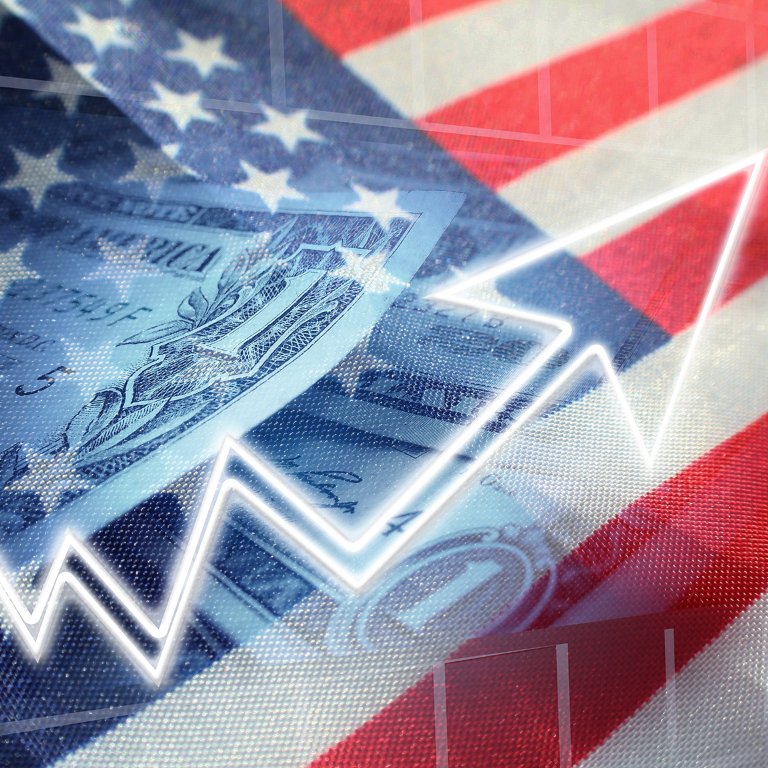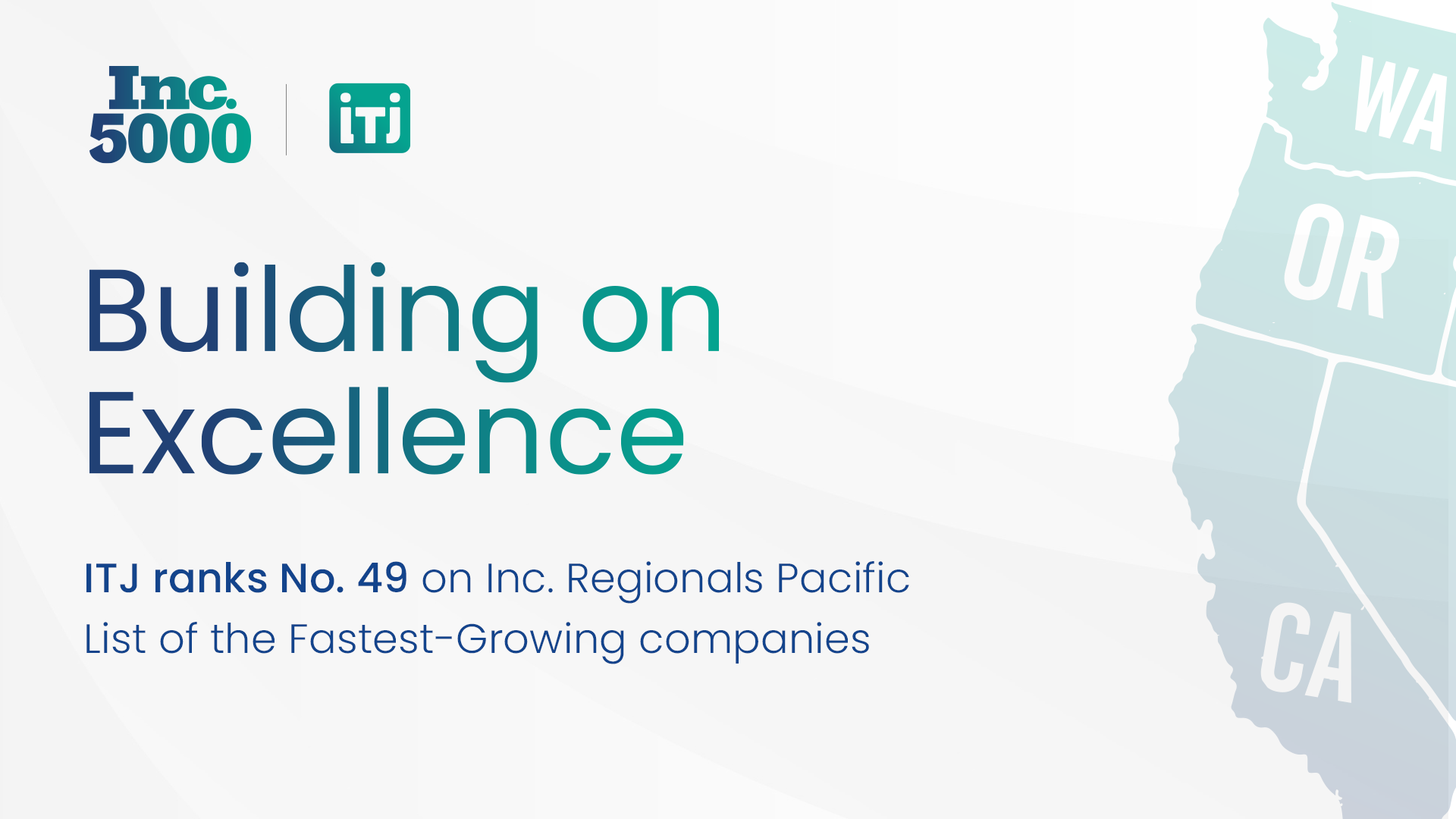The US has faced its highest inflation rate since 1990. The consumer price index paid by the typical consumer is up 6.2% over the past year through October, the highest inflation rate in more than 30 years. According to Jason Furman, who served as the top economic adviser in the Obama administration, inflation is not slowing. So what can we do about it?
Here are tips you can take to protect your finances from a post-pandemic inflation boom, regardless of whether it’s temporary or sustained:
Investors, do not adjust your strategy substantially but preserve a diverse portfolio with some inflation-safe investments. What Kristina Hooper, chief global market strategist at Invesco, suggest is: “Investors have to recognize that, if they have a long enough time horizon, they typically are going to live through lower and higher levels of inflation over time, so to have components of a portfolio that typically perform well in inflationary environments is enough.” So, consider investing in growth stocks, dividend-paying stocks, and consumer staples. Second, look for assets with a shorter maturity, and that is related to inflation.
Consumers, save for a downturn in the economy but don’t hoard too much cash. So during recessions, it’s vital to prioritize building up an emergency fund. Still, after that, higher inflationary circumstances are a critical moment to ensure that you begin looking for a better return.
Cutting expenses is a vital part of how companies should deal with inflation. A study of 5,700 global companies showed that those that cut costs to improve productivity during inflationary periods showed higher shareholder returns. In addition, organizations save money when investing abroad since several advantages come with asset protection, accessible talent pool, confidentiality, and diversification of investments. Contemplate BOT models and nearshoring; companies like ITJ can help you build CoE (Centers of Excellence) in predominantly nearshore tech hubs.
For more information about the BOT model and how companies turn the balance in their markets, visit BOT Model: How Global Companies Are Expanding in this Pandemic Times.
Up to this point, the main difference from the recession at the end of the 1960s is unemployment. Nowadays, there is the fastest decrease in unemployment reported since 1950. Biden said. “Jobs are up. Wages are up. Value is up. And savings are up. But we have problems, too.” In some sectors, people don’t want to work by more than 10% in a year, regardless of higher hourly pay.
People are not returning to be part of the workforce, and the higher pay may still not attract workers from the sidelines. “The government is paying people more not to work than to work,” Fox News host Tucker Carlson said on his primetime show in May. “So why would they work? Would you?”. Due to the problematic talent shortage the US is experiencing; companies are beginning to take action and started outsourcing as a budget-cutting method—a win-win situation.
About ITJ
ITJ is a trusted partner in building the finest software engineering teams in the Americas. For more information, visit www.itj.com.


